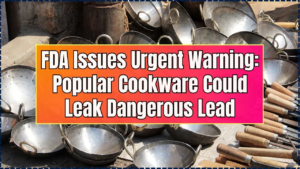The U.S. Food and Drug Administration (FDA) has issued an urgent warning that some imported aluminium and brass cookware may leach dangerous levels of lead into food. The advisory, released on October 24, 2025, follows federal testing that detected unsafe lead concentrations in several commonly used pots and pans sold across the United States.
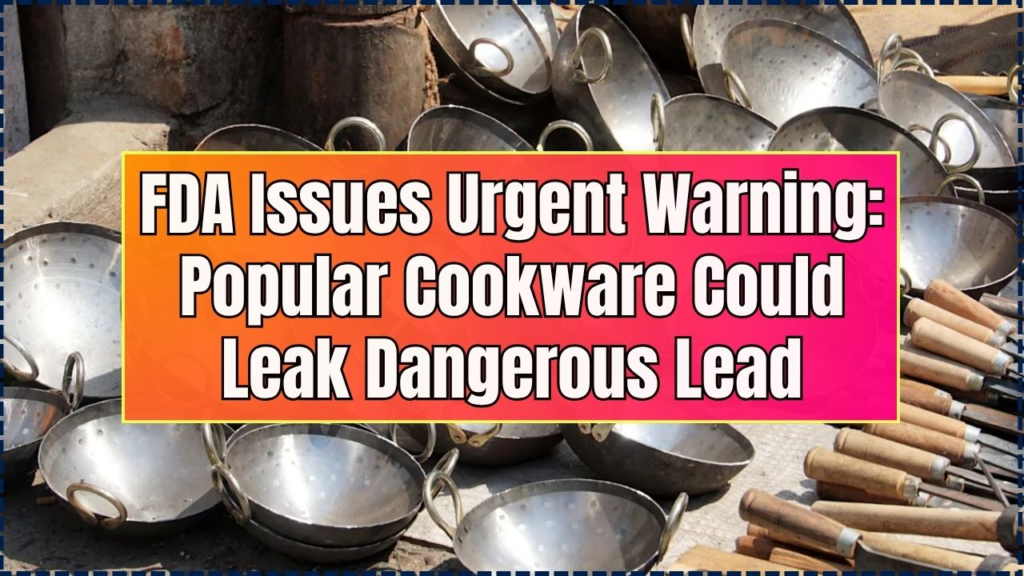
Officials warn that even minimal lead exposure can harm vulnerable groups such as children, pregnant individuals, and older adults, underscoring the seriousness of this contamination.
Table of Contents
FDA Issues Urgent Warning
| Key Fact | Detail |
|---|---|
| Date of Warning | October 24, 2025 |
| Contaminated Materials | Aluminium, brass, and alloys labeled “Hindalium,” “Hindolium,” or “Indalium” |
| Health Risk Level | No safe level of lead exposure exists, especially for children and pregnant individuals |
| Recommended Action | Stop using affected cookware immediately and dispose of safely |
What Triggered the FDA Warning
The FDA said the alert followed routine compliance inspections and follow-up laboratory testing at U.S. ports of entry. Results revealed that cookware made with certain aluminium alloys and brass leached lead at levels far exceeding federal safety thresholds when used with acidic foods like tomatoes, vinegar, or citrus juices.
Among the products flagged were “Kadai/Karahi Aluminum Hammered Kadai Size 7,” “Brass Pot,” and “Dolphin Brand Aluminum Saucepan.” Several of these products were traced to distributors in California and Illinois, with origins in India and Southeast Asia.
“Even small amounts of lead can accumulate in the human body over time and cause significant harm,” said Dr. Patrick Edwards, a senior toxicologist at the FDA. “This is especially concerning because cookware is used daily and directly affects the food we eat.”
Understanding the Science: Why Lead Leaches Into Food
Lead is a soft, highly malleable heavy metal that was historically used to make cookware more durable and shiny. When lead is present in an alloy, exposure to heat, moisture, and acidic ingredients accelerates its release into food.
Acidic dishes—like tomato-based sauces, pickles, or lemon-infused curries—create ideal conditions for lead migration. Prolonged cooking further increases contamination levels.
A 2023 study published in Environmental Health Perspectives found that lead concentrations in food cooked in contaminated aluminium pots could exceed U.S. safety limits by 200–300 percent.
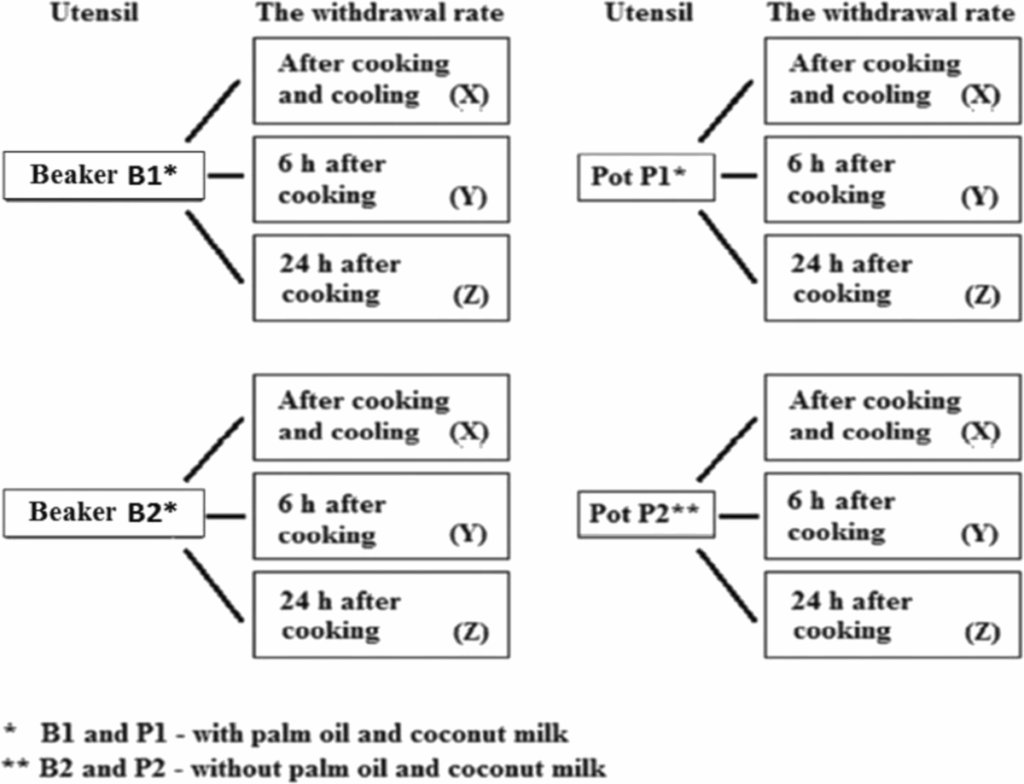
Health Risks: Why Lead Exposure Is Dangerous
Lead exposure can affect nearly every organ system. The Centers for Disease Control and Prevention (CDC) warns that there is no safe level of lead exposure, and even low doses can be dangerous.
For children, lead can:
- Impair brain development
- Reduce IQ and learning capacity
- Cause behavioral and attention problems
- Lead to hearing loss and anemia
For adults, lead can:
- Increase blood pressure
- Cause kidney damage and reproductive issues
- Trigger fatigue, headaches, and neurological symptoms
According to the World Health Organization (WHO), lead exposure is responsible for approximately 1 million premature deaths annually worldwide. The metal tends to accumulate in bones and tissues, meaning effects can persist long after exposure stops.
“Lead poisoning doesn’t happen overnight,” said Dr. Andrea Liu, environmental health researcher at the Johns Hopkins Bloomberg School of Public Health. “But chronic exposure through something as basic as daily cooking is a slow-moving disaster.”
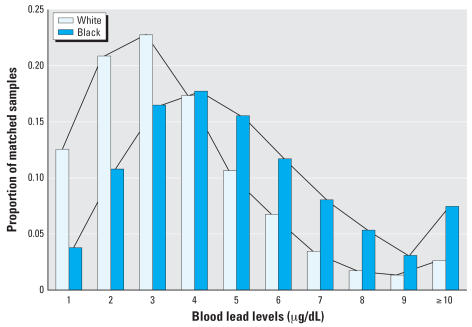
A History of Lead in Cookware
Lead contamination through cookware is not new. Historically, lead-glazed ceramics were a major source of exposure in North America and parts of Asia. In the 1970s and 1980s, several public health campaigns successfully reduced lead use in paints and plumbing, but cookware remained a regulatory blind spot.
In 2010, the FDA flagged a series of imported ceramic pots from Mexico that released excessive lead. More recently, similar concerns arose over traditional aluminium kadais used widely in Indian and South Asian households.
Despite these warnings, low-cost lead-contaminated cookware continues to enter U.S. markets through small distributors and online platforms.
Regulatory Landscape: U.S. vs Global Standards
Lead content in food-contact materials is regulated under various frameworks. In the U.S., the FDA and Consumer Product Safety Commission (CPSC) share responsibility for enforcing limits. The maximum allowable lead release from cookware is extremely low, but import enforcement remains uneven.
- European Union: Follows strict standards under Regulation (EC) No. 1935/2004, requiring migration testing before products enter the market.
- India: Regulates cookware manufacturing but has limited testing infrastructure, particularly for small and informal producers.
- WHO Guidelines: Encourage member states to eliminate lead from consumer products entirely.
“Global supply chains make regulation challenging,” said Rajesh Nair, a trade policy analyst at the Center for Strategic and International Studies (CSIS). “One weak regulatory link can have worldwide consequences.”
Who Is Most Affected
While lead contamination can affect anyone, the FDA’s alert is particularly relevant to immigrant communities who often use traditional cookware imported from their countries of origin.
In some South Asian and African communities, brass and aluminium kadais are common in everyday cooking. Unlike factory-made stainless steel cookware, these pots are often manufactured in informal settings, where lead is used to improve shine and durability.
Small restaurants and catering businesses are also at risk, especially those importing cookware in bulk without formal certification.
Consumer Impact: Everyday Consequences
In Los Angeles, Anita Sharma, a mother of two, says she bought a brass pot from a local ethnic store in 2023. After the FDA warning, she had it tested with a home lead kit.
“I was shocked to see the positive result,” she said. “We had been making curries and pickles in that pot for months. I never imagined cookware could be dangerous.”
While Sharma’s case is anecdotal, it reflects a larger consumer trust gap. Many people believe cookware sold in U.S. stores is automatically safe, which is not always the case.
How to Identify Unsafe Cookware
Experts recommend a few steps for consumers concerned about their kitchenware:
- Check for certifications: Look for U.S. FDA compliance, NSF International marks, or EU safety standards.
- Avoid vague labels: Products labeled only as “aluminium” or “Hindalium” without clear alloy composition should be treated with caution.
- Test at home: Inexpensive lead test kits can provide preliminary results.
- Avoid cooking acidic foods in older or questionable cookware.
- Replace old pots and pans if the source is unclear.
The FDA advises disposing of any contaminated cookware in accordance with local hazardous waste regulations. It should not be donated or resold.
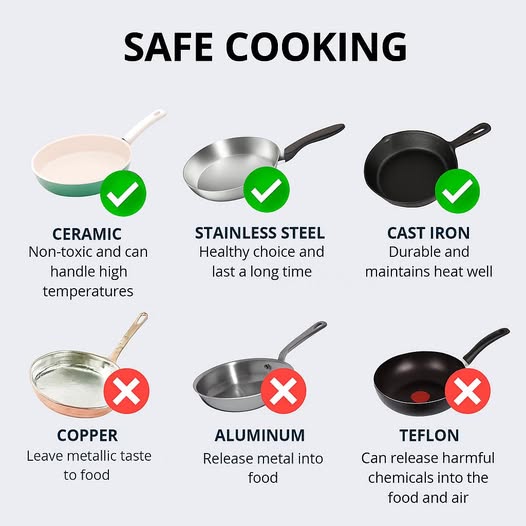
Industry and Regulatory Response
The FDA has stated that several distributors have voluntarily recalled products named in the warning. Others have requested third-party verification, arguing that lead content may vary between production batches.
“We are committed to transparency,” said an FDA spokesperson. “Our list of affected products will be continuously updated as new data emerges.”
The U.S. Consumer Product Safety Commission (CPSC) is collaborating with Customs and Border Protection to tighten inspections of imported cookware. Lawmakers are also discussing potential amendments to the Food, Drug, and Cosmetic Act to strengthen oversight of consumer kitchen products.
Economic and Trade Implications
Lead contamination in cookware also has economic consequences. U.S. imports of aluminium and brass kitchenware exceeded $3.4 billion in 2024, according to the U.S. International Trade Commission. Stricter inspections could slow imports and increase prices.
Exporting countries like India, China, and Vietnam may face greater scrutiny. In some regions, informal metalworking employs thousands of workers, and regulatory reform could take time.
“This is not just a health issue; it’s a trade issue,” said Dr. Laura Michaels, an economist at the Peterson Institute for International Economics. “Safer products may mean higher costs, but also greater consumer trust.”
Global Reactions and Future Outlook
International agencies have taken notice of the FDA’s announcement. Canada and the European Union are reviewing their import lists to ensure similar products do not bypass local regulations. India’s Bureau of Indian Standards (BIS) has also begun reviewing manufacturing standards for cookware alloys.
“If coordinated action follows, this could lead to significant policy reform in how cookware is produced and traded globally,” said Dr. Samira Patel, public health policy expert at the World Health Organization (WHO).
The FDA has confirmed that it will continue testing imported cookware, issuing public updates, and working with trading partners to limit contaminated products at the source.
FAQ About FDA Issues Urgent Warning
What brands are affected?
The FDA maintains a public list of affected products. Consumers are urged to check this list regularly as it is updated with new test results.
How can I test my cookware at home?
Home lead testing kits are available online and in hardware stores. For definitive results, laboratory testing or purchasing new certified cookware is recommended.
Should I be worried if I’ve used these products?
Lead exposure builds up over time. The CDC recommends blood lead testing, especially for children and pregnant individuals. Consult your healthcare provider for personalized advice.
Are stainless steel and cast iron safe?
Yes, in general, stainless steel, cast iron, and certified lead-free ceramics are considered safe options when sourced from reputable manufacturers.
Looking Ahead
The FDA’s warning highlights a larger public health gap: the safety of everyday household items is not always guaranteed, even in regulated markets. As federal and international agencies tighten oversight, consumer awareness will play a crucial role in reducing exposure.
“This isn’t just a government issue. It’s a community issue,” said Dr. Edwards. “People need to know what’s in their kitchen.”














